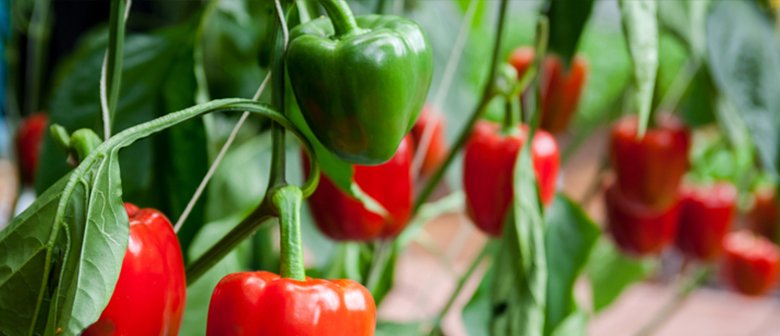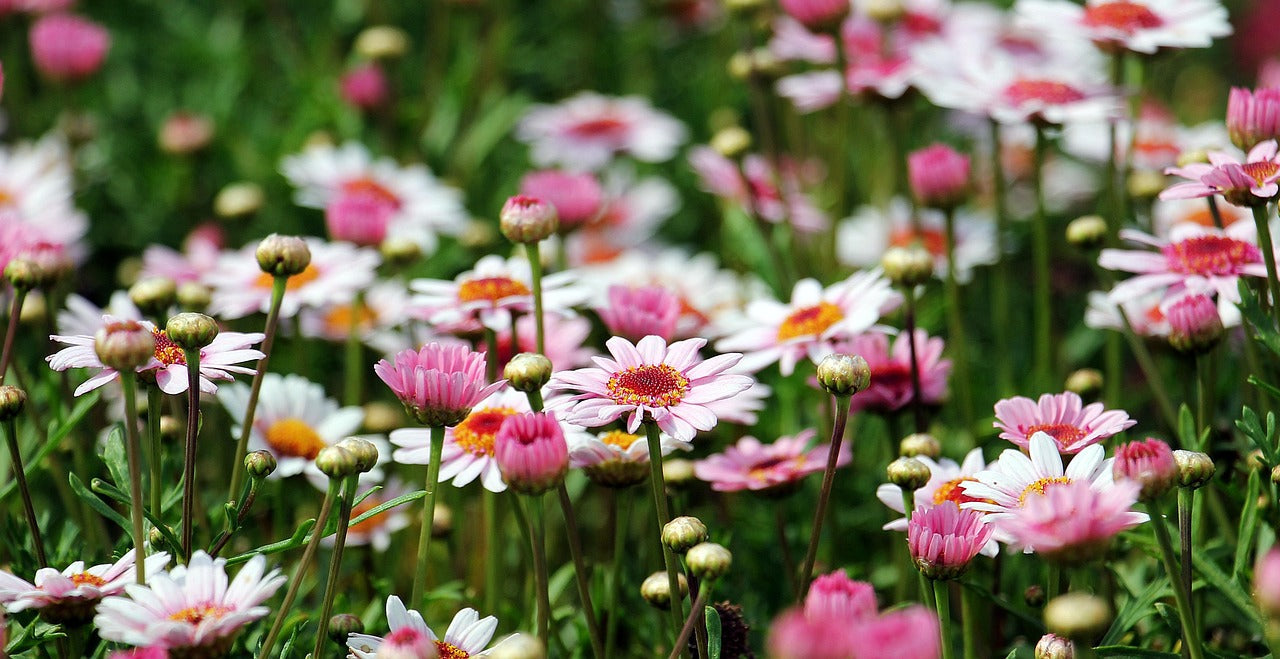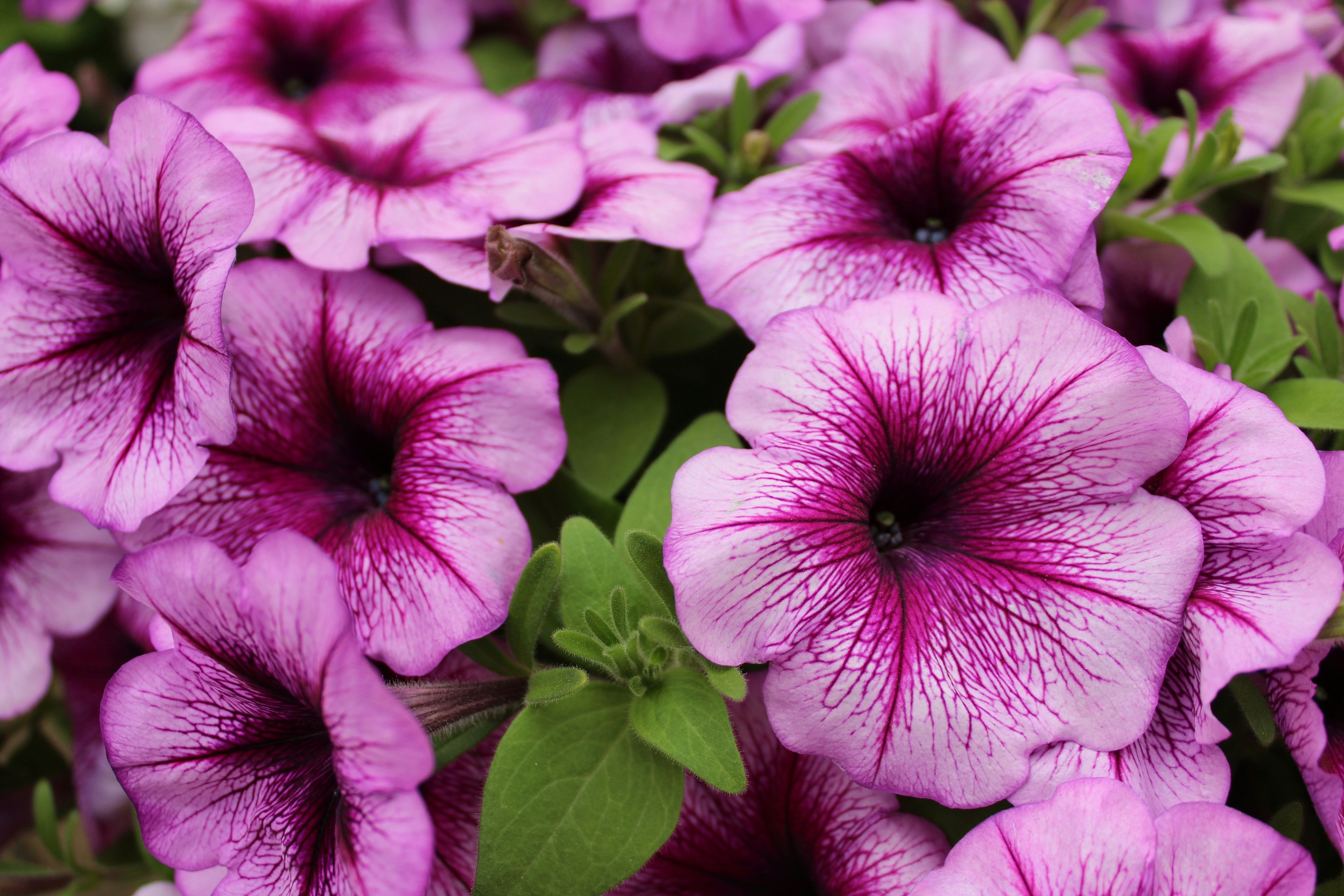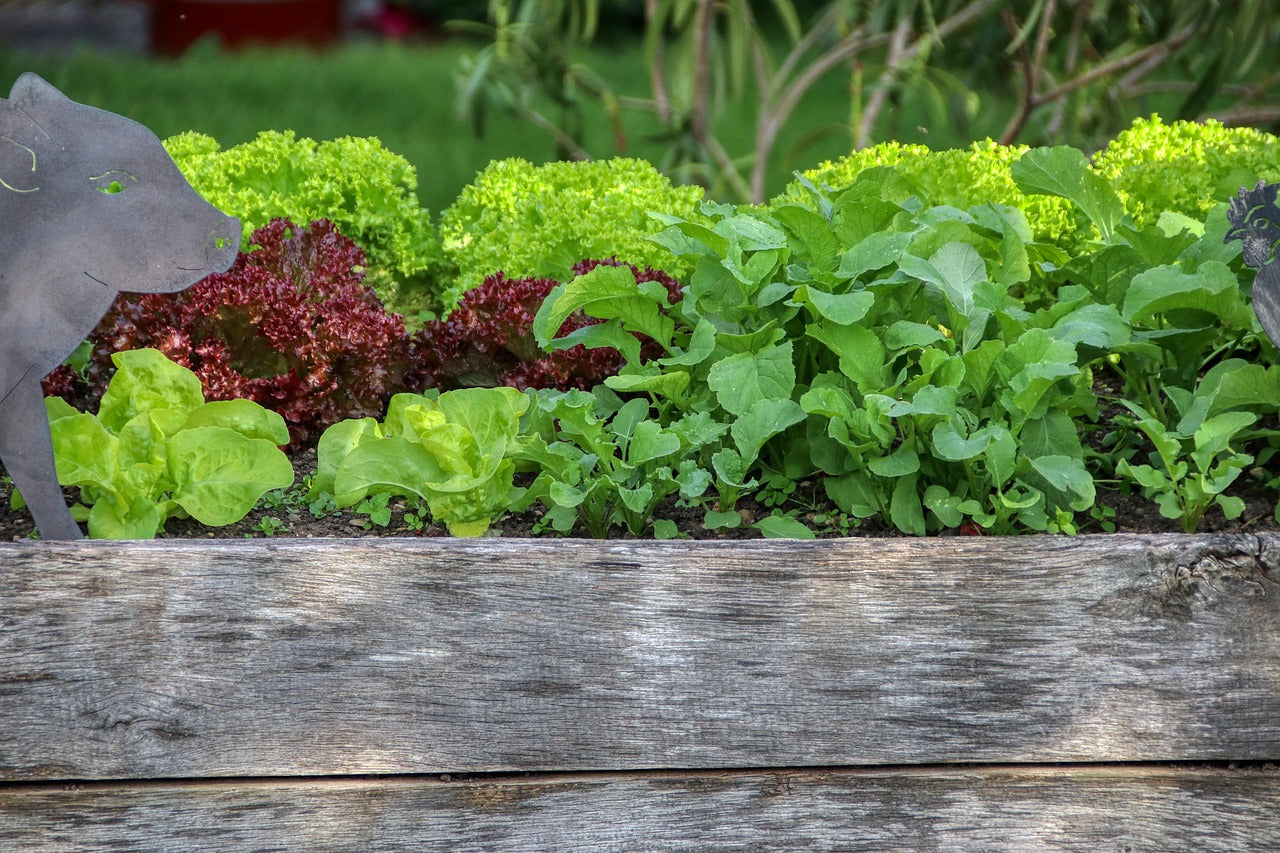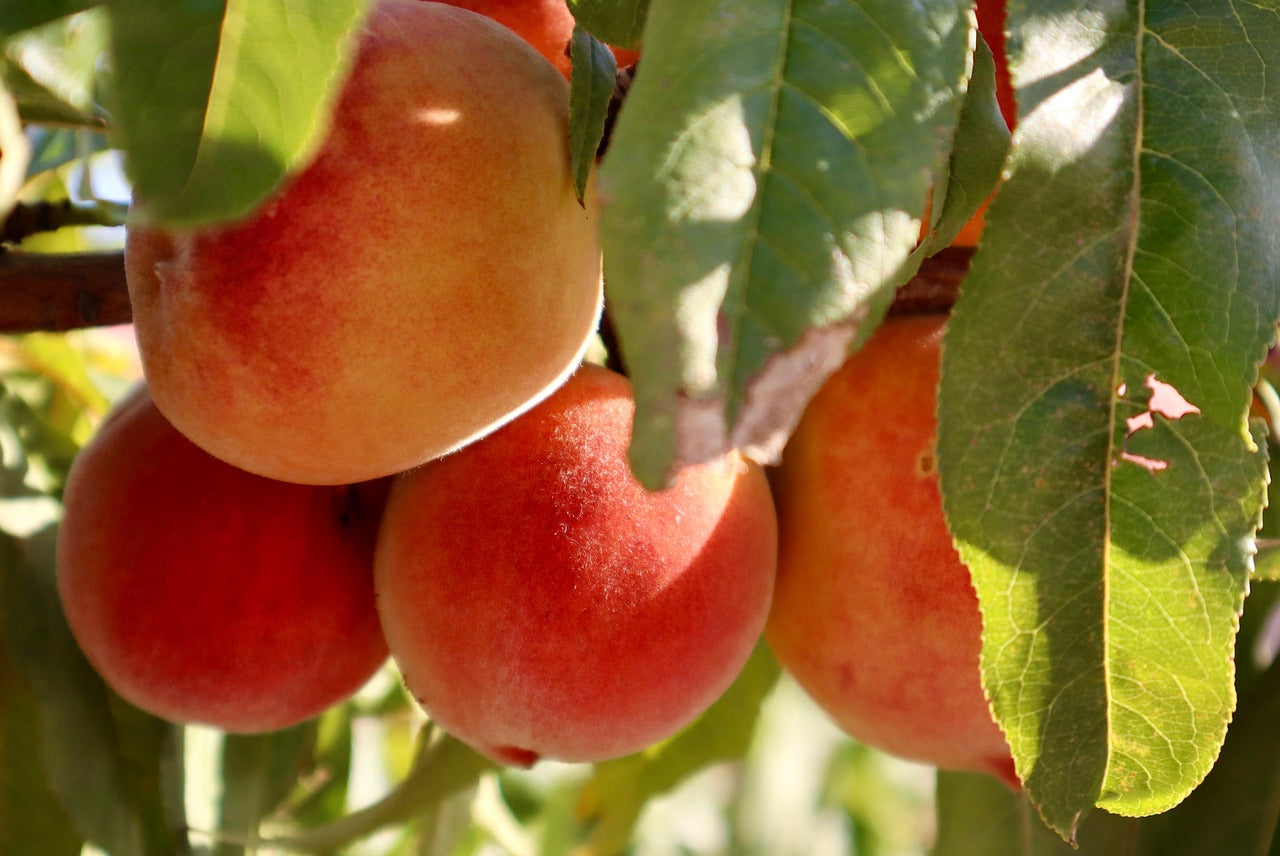Growing capsicum is ideal in warm areas. A popular vegetable to grow, capsicum are relatively quick in producing crops and don’t require any special care. They provide a rainbow of colours in your garden and have mild tasting fruit that becomes sweeter as it ripens.

Capsicums are grown in the same way as their close relatives, tomatoes. They need full sun, rich, well drained soil and regular fertilising. Capsicums will happily survive in containers if there is at least 25 cm of soil.
It might seem strange, but capsicums are also related to tomatoes, chilli, potatoes and eggplants as they all belong in the Nightshade family. Keep this in mind when rotating crops in your veggie patch.
When and Where to Plant Capsicum
Find the sunniest spot that your garden will allow, as that is the key to growing capsicum. They are frost-tender, so in cold areas, it’s best to wait until November to plant outdoors.
If you’re growing from seed, raise under glass, as they need high temperatures to germinate. Sow in trays in Spring and transplant in to the garden once the plant is 5cm tall and the soil has warmed.
Make sure that your soil is rich, with plenty of compost added.
Feed your capsicums regularly and keep the soil moist throughout the growing season.
Capsicums are usually self supporting, but heavy crops or plants in wind prone areas may require some support. Be careful when hammering in stakes – keep them well outside the root area.
As soon as flowers start to open, give plants at least half a watering can of liquid seaweed or worm juice every two weeks.
Good ventilation, removal of any damaged foliage on a dry day and regular and even watering are all important factors in producing a good haul of healthy fruits.
Watering Capsicum
Both over watering and under watering can result in leaf drop. Maintain regular, deep waterings throughout the growing period, especially during hot dry periods. If your capsicum plant is in a pot, you may need to increase the frequency of watering as pots and containers dry out quicker than garden beds.
Harvesting Capsicum
Capsicums can be harvested when they’re green but it’s best to wait until the fruit walls are firm and strong. Or they can be left to develop their mature colouration.
Capsicum of hybrid varieties start green and then mature to their original colour. Unlike the Hybrid varieties, the colour of the heirloom Capsicums results from their genetics, and not just the stage of ripeness.
Pests and diseases
Aphids are one of the main pests that can affect your capsicum plant. Aphids are little insects that suck sap from the tips of plant shoots causing leaf drop, which can ultimately affect the health of your plant.
Whitefly is another common pest, they are tiny white bugs that you may see flying around your garden.
Aphids and whitefly can be controlled with soapy water, neem oil, Yates Mavrik Insect and Mite Spray or Yates Nature’s Way Vegie Insect Spray.
Fungal infections can also affect your capsicum plant, by spacing your plants out to allow airflow and avoiding wetting the foliage when watering, you can drastically reduce the chances of this happening.
Capsicum Garden Companions
There are plenty of planting companions for capsicum. Herbs such as basil, parsley, dill and chives are wonderful companions. Basil wards off thrips, flies and mosquitoes. Parsley blossoms attract beneficial predatory wasps that feed on aphids.
Tomatoes can be planted in close proximity to capsicum, just make sure that you rotate them to a different area in the next growing season so they don’t pass on overwintering diseases.
Spinach and lettuce make suitable companions as they help crowd out weeds and due to their short stature and rapid growth they’re a great way to maximise garden space.
Beans and peas fix nitrogen in the soil, a nutrient that is necessary for capsicum, plus they serve as a windbreak.
Petunias repel pests such as aphids.
Nasturtiums not only provide a stunning aesthetic, they deter aphids, beetles and whitefly.
Avoid planting near members of the brassica family (broccoli, cabbage, cauliflower).

